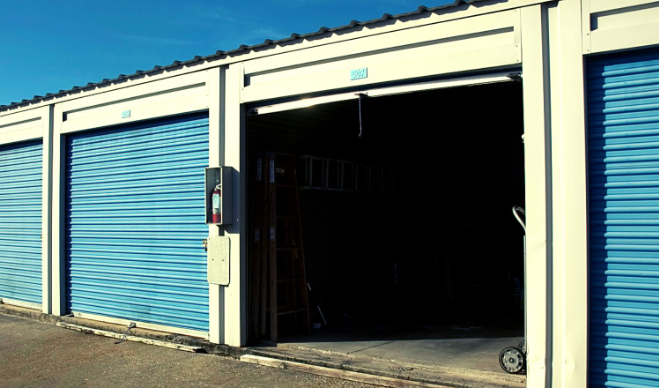
How profitable are mini, self-storage facilities?
The profitability of mini self-storage facilities can vary widely based on several factors including location, management, and market demand. However, the self-storage industry is often considered to be relatively recession-resistant, and it has seen consistent growth over the past few decades. According to the Self Storage Association, the industry has proven to be one of the fastest-growing sectors of the United States commercial real estate industry over the period of the last 40 years, as of my last update in September 2021.
Factors that Contribute to Profitability
- Location: A facility in a high-demand area can command higher rental rates. Urban areas or places with growing populations often provide favorable conditions for profitability.
- Occupancy Rates: A key metric for any self-storage business is its occupancy rate. Higher occupancy rates usually translate to higher profitability.
- Overheads and Operating Costs: Lower operating costs mean higher profit margins. Many facilities are turning to technology to reduce the need for on-site staff, thus lowering costs.
- Additional Revenue Streams: Beyond just storage, many facilities offer additional services such as moving truck rentals, the sale of packing supplies, and climate-controlled units for higher fees.
- Marketing and Management: Effective marketing can greatly influence occupancy rates and revenue. Good management practices are crucial for maintaining a profitable operation.
- Economic Factors: During economic downturns, many people downsize or move, increasing the demand for storage space. This recession-resilient nature of the industry can be a factor in its profitability.
- Size and Scalability: Bigger facilities that offer a greater number of units generally have better profitability due to economies of scale. But smaller facilities can also be profitable, especially if they are in a prime location or offer specialized services that allow them to charge premium rates.
- Financing: Interest rates and financing options can significantly impact profitability. Lower interest rates allow for more affordable loan payments, which can improve profit margins.
Some Numbers to Consider
While the exact figures will vary, here are some general statistics often cited in the industry as of my last update:
- Average rental income per square foot can range from around $1 to $2.50 depending on the location and amenities offered.
- Operating expenses can range from around $3 to $7 per gross square foot per year, though these figures can vary widely.
- Occupancy rates can range significantly but generally average around 90% for well-located and well-managed facilities.
- Net profit margins can vary but often range from 11% to its upper teens in a well-run facility.
Mini self-storage facilities can be highly profitable, especially when they are well-located, well-managed, and meet market demand. However, like any business, they require significant investment, both in terms of capital and management effort. But with proper planning, market research, and operational efficiency, a mini self-storage facility has the potential for high returns.
This post was written by a professional at Greenbar Storage. https://storageunitcentraloregon.com/ has a wide range of storage units available in Prineville, Oregon. They offer a variety, including ground-level access, security cameras, 24/7 accessibility, and parking spaces. Locally owned and operated, we are the best choice for convenient and clean storage solutions in the Prineville, Oregon region. All of our commercial storage clients accept deliveries from businesses.
